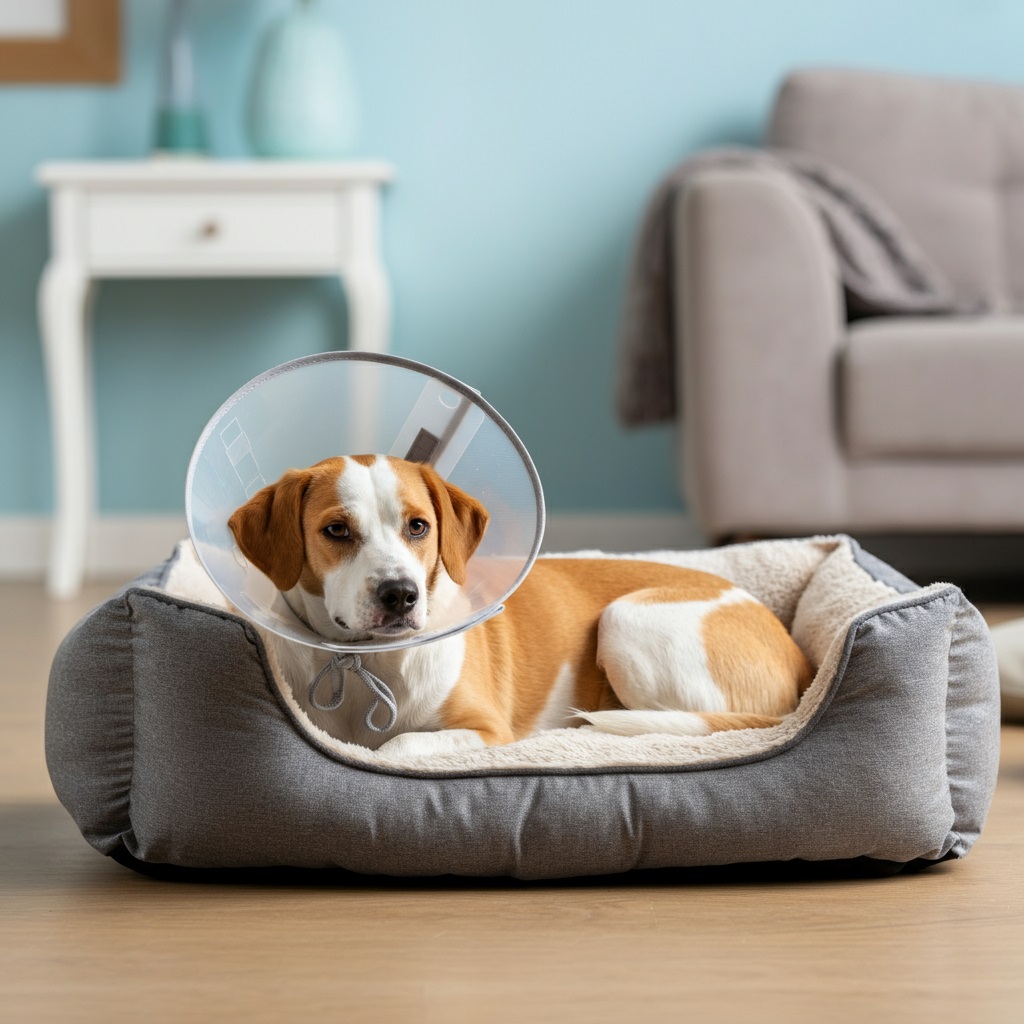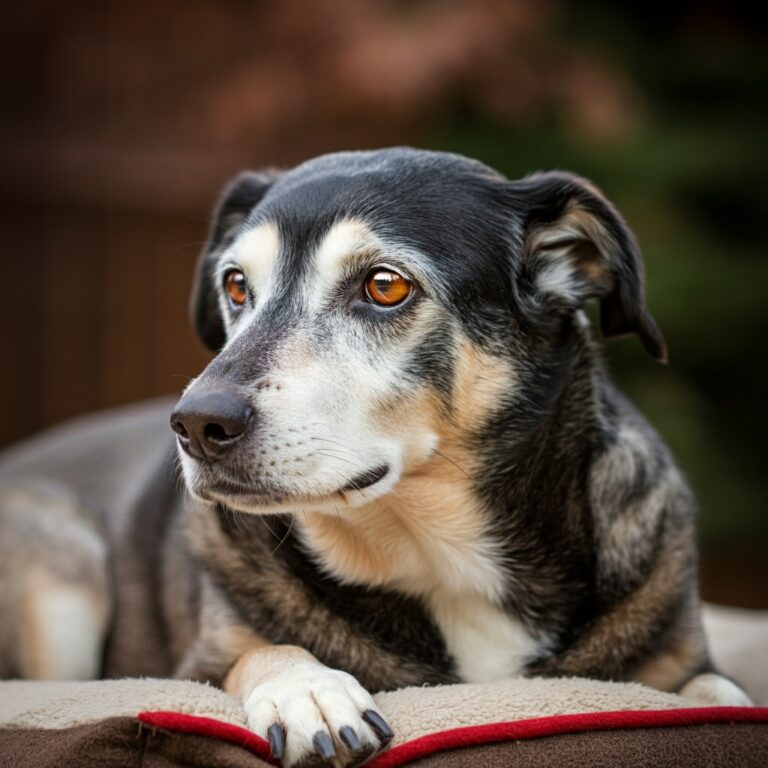
Spaying or neutering your pet is one of the most responsible and compassionate decisions a pet owner can make. Not only does it help control the population of stray animals, but it also carries health benefits, such as reducing the risk of certain diseases. However, the surgery itself is a significant medical procedure that requires proper aftercare to ensure your pet recovers comfortably and safely.
This guide will walk you through essential recovery tips after spaying or neutering to make the healing process smoother for your furry friend. Whether you’re a first-time pet owner or an experienced one, these recommendations can help you provide the best post-surgery care for your pet.
Why Recovery Care Matters
After surgery, your pet’s body needs time to heal. Spaying or neutering often involves an incision and manipulation of internal tissues, which can leave your pet sore and vulnerable to complications if not properly monitored. Ensuring your pet has the right environment and care post-surgery can prevent infection, manage pain, and support a quicker recovery.
Preparing for Your Pet’s Homecoming
Create a Comfortable Recovery Area
Designate a quiet, clean, and cozy space in your home for your pet to rest. Make sure the area is free from hazards and distractions, and use soft bedding to keep your pet comfortable. Avoid stairs and high surfaces, as pets may be groggy and unsteady from anesthesia.
Gather Pet Essentials
Before your pet comes home, prepare the following items to make their recovery easier:
- An Elizabethan collar (or “cone”) to prevent licking the incision site
- Towels or blankets for warmth
- Pain medications prescribed by your veterinarian
- Food and water in easily accessible containers
Adjust Their Routine
Pets need extra TLC after surgery. Plan to spend more time at home, and adjust feeding and exercise routines to accommodate their recovery needs.
Monitoring Post-Surgery Behavior
A Little Drowsy? It’s Normal
It’s normal for pets to appear sleepy or disoriented after spaying or neutering. This is a side effect of anesthesia and should subside within 24 to 48 hours. Keep them calm and avoid activities that demand energy.
Watch for Red Flags
While some discomfort is normal, certain signs require immediate attention from a veterinarian:
- Excessive swelling or redness at the incision site
- Bleeding or discharge from the wound
- Refusal to eat or drink after 24 hours
- Vomiting, diarrhea, or lethargy beyond the first day
Incision Care 101
Keep It Dry and Clean
The incision should remain clean and dry until it fully heals. Avoid bathing your pet or letting them swim for at least 10 to 14 days. Wet incisions can introduce bacteria and delay recovery.
Continues after advertising
Discourage Licking or Chewing
Your pet might instinctively lick or chew at the incision site. This can lead to infections or pulled stitches. Use an Elizabethan collar (also known as the “cone of shame”) to prevent this behavior. If your pet finds the traditional cone stressful, consider softer alternatives like an inflatable collar or recovery suit.
Managing Pain and Discomfort
Administer Medications Safely
Your veterinarian may prescribe pain relief medications or anti-inflammatories to help your pet stay comfortable. Always follow dosing instructions carefully and never give over-the-counter medications without consulting your vet. Certain drugs, like ibuprofen, are toxic to pets.
Limit Physical Activities
Even if your pet seems eager to play, limit their physical activity for about 10 to 14 days. Avoid running, jumping, or rough play, as these actions can strain the incision site or cause complications. Short, leashed walks are ideal for dogs, while cats should remain indoors with minimal climbing.
Adjusting Diet and Hydration
Your pet’s appetite might be reduced immediately after surgery, but this is usually temporary. Offer small amounts of their usual food and encourage hydration. Avoid giving rich treats or new foods during recovery, as these can upset their stomach. If your pet refuses food after 24 hours or shows ongoing nausea, contact your vet.
Signs of a Successful Recovery
By following your veterinarian’s care instructions and monitoring your pet closely, you should notice gradual improvement within a few days. Signs of a healthy recovery include:
- Increased energy levels
- Normal eating and drinking habits
- A clean, closed incision site with no swelling or discharge
Most pets fully recover within two weeks, though healing time may vary slightly depending on age, breed, and overall health. Always schedule a follow-up appointment to ensure your pet is healing properly.
Read More👉 Best Dog Breeds for First-Time Dog Owners
Build a Strong Bond Through Recovery
Caring for your pet during their post-surgery recovery is a great opportunity to strengthen your bond. Your attention, patience, and love will help them feel safe and comforted during this time.
If you have any concerns or questions about your pet’s recovery, don’t hesitate to reach out to your veterinarian. Remember, a little extra care during recovery goes a long way in ensuring lasting health and happiness for your furry companion.



